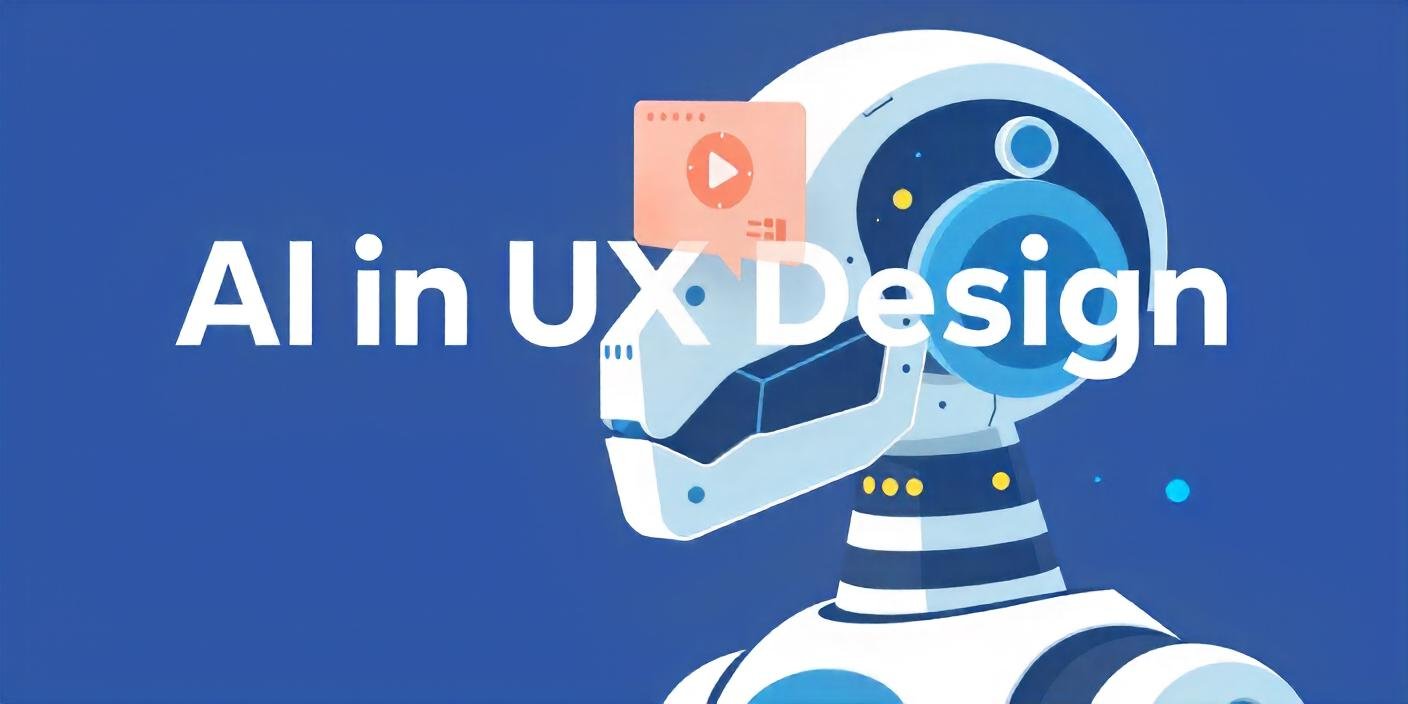AI in UX Design
Introduction
In contemporary digital landscapes, user experience design plays a pivotal role in determining the success of digital products and services. Traditional UX design focuses on intuitive interfaces, effective information architecture, and seamless interactions. However, with the advent of AI technologies, there is a transformative shift towards more personalized, adaptive, and anticipatory user experiences. AI augments UX design by leveraging data-driven insights and predictive analytics to tailor interfaces and interactions according to individual user preferences and behaviors.
Problem Statement
Despite the potential benefits, many design practitioners and organizations face challenges in effectively leveraging AI to enhance UX. Issues include the complexity of integrating AI algorithms into design processes, concerns over ethical implications such as user privacy and algorithmic biases, and the need for interdisciplinary collaboration between UX designers, data scientists, and AI engineers. Addressing these challenges is crucial for harnessing the full potential of AI in optimizing user interactions and driving user engagement.
Objective
This research aims to investigate the impact of AI on UX design practices, exploring how AI-driven solutions can improve usability metrics, enhance user satisfaction, and facilitate more intuitive digital interactions. It seeks to identify effective strategies and best practices for integrating AI technologies into UX design methodologies, providing practical insights for designers, researchers, and industry stakeholders.
Significance
Understanding the role of AI in UX design is essential for advancing design methodologies and meeting evolving user expectations in digital environments. By enhancing the ability to deliver personalized experiences, anticipate user needs, and optimize interface usability, AI has the potential to revolutionize how designers conceptualize, prototype, and refine digital products. This research contributes to the field by synthesizing current knowledge and offering implications for future UX design practices enhanced by AI technologies.
Literature Review
The literature review synthesizes existing research on AI applications in UX design, highlighting trends, methodologies, and theoretical frameworks. It examines studies on AI-driven personalization, machine learning algorithms for behavior prediction, and natural language processing for enhancing user interactions. Key themes include the integration of AI into design workflows, the role of AI in optimizing user journeys, and ethical considerations in AI-enhanced UX design.
The review identifies gaps in current knowledge, particularly in understanding the optimal integration points of AI within UX design processes, evaluating the long-term impacts of AI on user trust and engagement, and addressing challenges related to algorithmic transparency and interpretability in design decisions. By critically analyzing current practices and theoretical foundations, the literature review sets the stage for exploring innovative approaches to AI-driven UX design enhancements.
Methodology
This research employs a mixed-methods approach to investigate the role of AI in enhancing UX design. Qualitative methods include in-depth interviews with UX designers, AI engineers, and industry experts to gather insights into current practices, challenges faced, and success stories in implementing AI-driven UX enhancements. These interviews provide nuanced perspectives on strategic AI integration, ethical dilemmas, and the future trajectory of AI in UX design.
Quantitative methods involve empirical studies and usability testing to measure the impact of AI-driven UX improvements on key performance indicators such as task completion rates, user satisfaction scores, and interaction efficiency. Data analytics techniques, including user behavior analysis and sentiment analysis, are employed to evaluate the effectiveness of AI algorithms in predicting user preferences and adapting interfaces in real-time.
Results
Findings indicate that AI technologies significantly enhance UX design by personalizing user experiences, improving interface responsiveness, and anticipating user needs. Quantitative analysis reveals statistically significant improvements in usability metrics among user groups exposed to AI-driven interface adaptations and personalized content recommendations. Case studies illustrate successful implementations of AI for enhancing website navigation, content discovery, and customer support interactions, demonstrating tangible benefits for both users and organizations.
Discussion
Interpreting the results highlights the transformative potential of AI in UX design, emphasizing its role in creating adaptive, user-centric experiences that drive engagement and loyalty. The discussion explores how AI technologies address specific UX design challenges, such as scalability in personalization efforts, dynamic content optimization, and real-time user feedback integration. Insights from industry experts and comparative analysis with previous research underscore the evolutionary trends in AI applications for UX design and the implications for future design methodologies.
Challenges and Considerations
The research identifies several challenges encountered during the study, including ethical concerns related to user privacy, algorithmic biases, and the responsible use of AI-generated insights in design decisions. Practical considerations include the need for robust data governance
frameworks, transparent AI algorithms, and continuous monitoring of user feedback to mitigate risks and ensure user trust. Ethical considerations encompass compliance with data protection regulations, user consent management, and the equitable representation of diverse user demographics in AI training datasets.
Conclusion
This study underscores the transformative impact of AI on UX design, enhancing usability, satisfaction, and engagement across digital platforms. By leveraging AI-driven insights and predictive analytics, designers can create more intuitive, personalized experiences that resonate with users and drive business outcomes.
Recommendations
Practical applications of research findings include integrating AI-powered tools for user behavior analysis, implementing dynamic content personalization strategies, and fostering interdisciplinary collaboration between UX designers and AI experts. Recommendations also emphasize the importance of ongoing education in AI ethics and privacy principles, continuous evaluation of AI algorithms for fairness and transparency, and exploration of emerging AI technologies for enhancing adaptive user experiences.
References
1. The role of AI in enhancing user experience across digital product. (2024, June 11). Glow Team. https://glow.team/blog/the-role-of-ai-in-enhancing-user-experience-across-digital-product/
2. Gison, C. (2024, April 6). The Role of AI in Enhancing User Experience through Content. Medium. https://medium.com/@chasegison/the-role-of-ai-in-enhancing-user-experience-through-content-08fe5bd16ddc
3. Aguayo Publicidad. (n.d.). AI and UX Research: Enhancing Research with Technology | Aguayo’s Blog. https://aguayo.co/en/blog-aguayp-user-experience/ai-and-ux-research-enhancing-research-with-technology/

